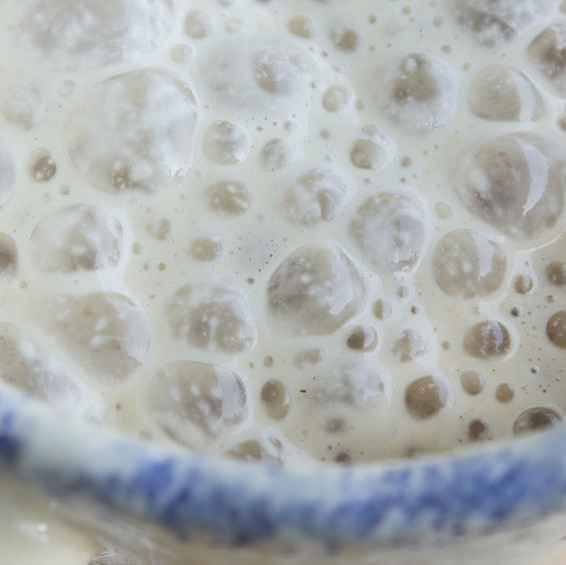
Artisan breads are in. One of the top food trends for this year is rustic breads, like Ciabatta. If you’re going to try your hand at a bread like this, you need to understand fermentation and starters like biga.
What is biga?
Biga is a preferment with no salt, usually stiffer than the French variety of Poolish. It has around 50-60% water absorption, and is made simply with flour, water and a little yeast. The fermentation time is around 8-16 hours.
Why ferment dough?
Although it can be a lengthy process, it has quite a few benefits, such as:
- Improved flour hydration
- Less yeast is needed
- Better aroma and flavor
- Stronger dough
- Lowers pH (improved shelf life)
- Improves machinability and line speeds
Fermentation and hydration
When using a starter like biga, you’ll end up with a quality, flavorful bread. You’ll also be giving your dough the hydration it needs to bake to its full potential. Then, all the ingredients can work properly and you’ll see yield and consistency improve.
How do you bake with it?
Traditionally, it is prepared using flour, water, and yeast. The quantity of water is around 50-60% based on flour amount. Usually 0.08-1% of fresh commercial yeast is used. The biga is then held at about 60% of hydration for 18 h at 20 oC. The fermentation conditions (time, temperature) could be modulated depending on the baker’s convenience and type of bread being prepared.
- Bread flour 100%
- Water 60%
- Yeast 0.2%
Mix all ingredients till a homogenous dough (full dough development is not needed). Cover and leave to ferment for 12-16 hours, at about 21oC (70oF). When ripe, it will be domed and just beginning to recede in the center. This can be used in a Ciabatta recipe at around 40% Biga.
How is biga different than poolish? Read more.

